Common Cat Behavior and Body Language and What It Means: Decoded For You


In their day-to-day lives, cats exhibit a wide range of behaviors that leave us either puzzled or amused. It can be especially difficult for someone who has never had a cat in their life. However, if you want to create a strong bond with your cat and create a loving and nurturing environment for them.
Then you need to start learning the meaning behind common cat behaviors. In this guide, we will explore some common cat behaviors and what it means so that you can become a more attentive and responsive caretaker. Let’s get started.
Common Cat Behaviors and What They Mean
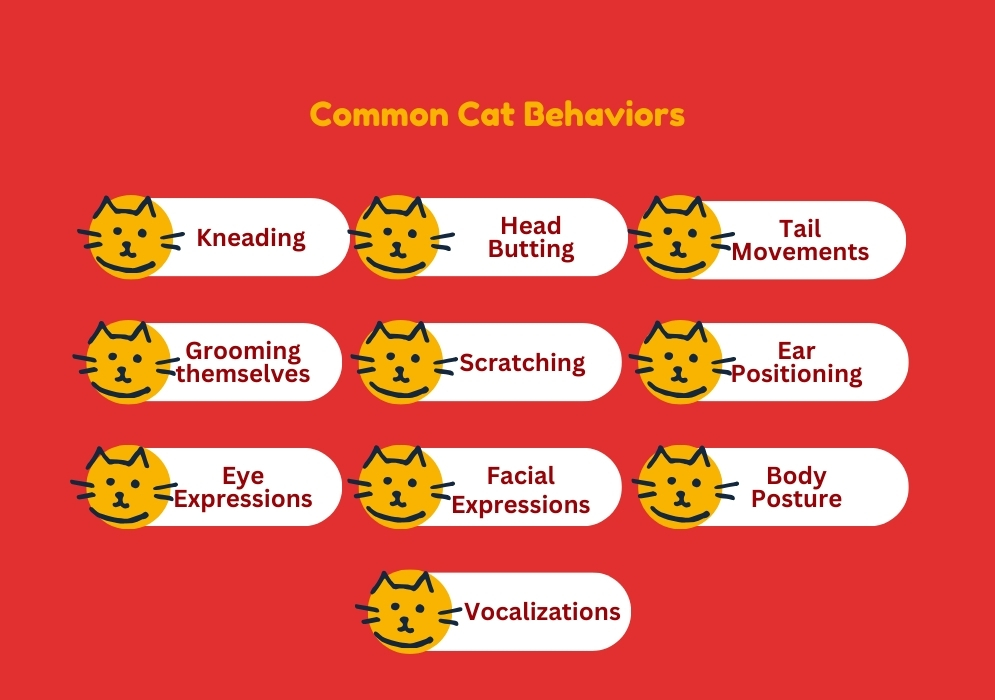
Cats are masters of nonverbal communication, and their body language can reveal a wealth of information about their emotional state and intentions. Understanding these common behaviors can help you interpret your cat’s needs and emotions and respond accordingly.
This will help in fostering a deeper connection and improving your ability to provide appropriate care and attention. Here are some common cat behavior and body language:
Kneading
Have you ever noticed your cat rhythmically pushing their paws against a soft surface, such as a blanket or your lap?
This behavior, known as kneading, is a remnant of their kittenhood when they would knead their mother’s belly to stimulate milk production. In adulthood, kneading is a sign of contentment and relaxation, often accompanied by purring.
Head Butting
Cats may gently bump their heads against you or rub their cheeks on your legs. This endearing behavior, called head butting or bunting, is a way for them to deposit their scent on you, marking you as part of their territory and expressing affection.
Tail Movements
A cat’s tail is a powerful communicator. A straight, upright tail indicates confidence and friendliness, while a twitching or swishing tail can signal annoyance or agitation. A puffed-up tail often signifies fear or defensiveness, and a tucked tail may indicate insecurity or submission.
Grooming themselves
Cats are meticulous groomers, dedicating much time to licking and cleaning their fur. While grooming is a natural behavior for maintaining hygiene, excessive grooming can be a sign of stress, anxiety, or an underlying health issue.
Scratching
Scratching is a natural behavior for cats, allowing them to remove the dead outer layer of their claws and mark their territory with visual and scent cues.
Providing appropriate scratching surfaces, such as scratching posts or cardboard scratchers, can help redirect this behavior and prevent damage to furniture or carpets.
Ear Positioning
A cat’s ears are highly expressive. Ears pointed forward indicate alertness and interest, while flattened ears against the head signify fear, aggression, or discomfort.
Eye Expressions
Cats also communicate a lot through using their eyes. For instance, when cats have dilated pupils, it can indicate excitement, fear, or aggression. Context is key when you are trying to understand what your cat’s dilated pupils mean.
If you see dilated pupils during playtime, it means excitement, while the same reaction to a loud noise might indicate fear. On the other hand, constricted pupils often signify a relaxed and content state. Please add another line or two.
Facial Expressions
Cats have a range of facial expressions that convey their emotions. A slow blink or squinted eyes usually means trust and affection, while a wide-eyed stare may indicate surprise or fear.
Body Posture
A relaxed, stretched-out posture typically indicates contentment, while a crouched or tense body can signify fear, defensiveness, or aggression. A raised back or arched spine may indicate fear or readiness to attack.
Vocalizations
Cats communicate through various vocalizations, such as meows, purrs, chirps, snarls, and hisses. Understanding the context and tone of these vocalizations can provide insights into your cat’s emotional state and needs.
For instance, if you see your cat trilling at you, it is either because they are greeting you or want your attention. On the other hand, cats usually hiss when they are in a defensive or aggressive social situation.
By paying close attention to your cat’s body language and combining it with an understanding of their behaviors, you can deepen your connection and respond more effectively to their needs and preferences.
How to Correct Unwanted Cat Behavior
While cats are generally independent and self-sufficient, they can sometimes exhibit unwanted behaviors that can be frustrating or disruptive.
You need to know how to correct cat behavior if you want a loving relationship with your cat. Here are some strategies for correcting unwanted cat behavior:
Positive Reinforcement
Positive reinforcement is a powerful tool for shaping desired behaviors. When your cat exhibits a desirable behavior, such as using a scratching post instead of scratching the sofa or immediately responding to their name, reward them with treats, praise, or playtime. This reinforces the positive behavior and encourages its repetition.
Provide Environmental Enrichment
Boredom and lack of stimulation can contribute to unwanted behaviors like excessive scratching, vocalization, or aggression. Provide your cat with toys, puzzle feeders, and vertical spaces to climb and explore, promoting physical and mental enrichment.
Apply Deterrents and Redirection
If your cat engages in undesirable behaviors like scratching furniture or jumping on countertops, use deterrents like double-sided tape or aluminum foil on surfaces you want to discourage.
Simultaneously, appropriate alternatives, such as scratching posts or cat trees, should be provided, and their attention should be redirected to these approved outlets.
Consistency and Patience
Correcting unwanted behaviors requires consistency and patience. Ensure that all family members are on the same page and consistently implementing the chosen strategies. Behavior modification can take time, so be patient and persistent in your efforts.
Use Professional Assistance
If unwanted behaviors persist or escalate despite your efforts, consider seeking guidance from a certified animal behaviorist or a veterinarian.
They can provide personalized advice on how to fix cat behavior problems. They may also develop a comprehensive training and behavior modification plan based on your cat’s specific needs.
Remember, cats are individuals, and what works for one may not work for another. For instance, orange cats, often called “ginger” or “marmalade” cats, have gained a reputation for being energetic, playful, outgoing, and independent.
However, there is no scientific evidence that suggests that the color of the coat has any impact on their personality. So, if you have any questions about your orange cat behavior, you should ask your vet.
Understanding Pregnant Cat Behavior
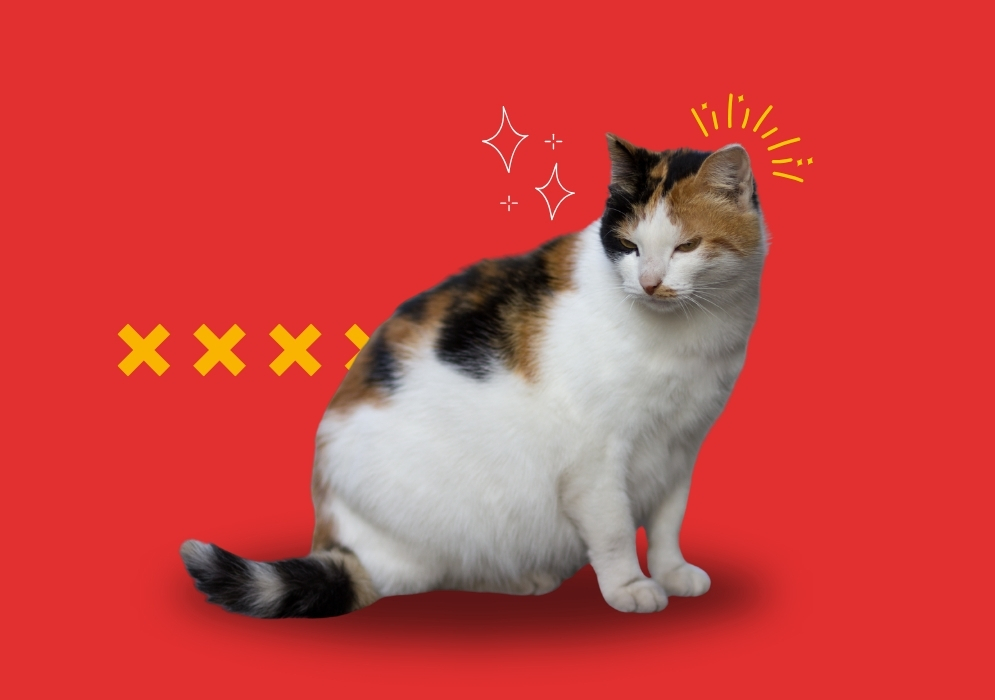
Pregnancy is a significant life event for cats, and their behavior can undergo noticeable changes during this time. Understanding these changes can help you provide the best possible care and support for your expectant kitty. Here’s what you need to know about pregnant cat behavior:
Nesting Behavior
As your cat’s due date approaches, she may exhibit nesting behavior. This involves seeking out quiet, secluded spots and scratching or digging in preparation for giving birth. Provide her with a comfortable, private space and respect her need for privacy during this time.
Increased Affection
Some pregnant cats may become more affectionate and seek additional attention and cuddles. Others, however, may prefer to be left alone. Respect your cat’s preferences and give her the space and attention she desires.
Changes in Appetite
Fluctuations in appetite are common during pregnancy. Your cat may experience morning sickness or a decreased appetite in the early stages, followed by an increased appetite as the kittens grow. Provide her with a high-quality, nutrient-dense diet and ensure she always has access to fresh water.
Mood Swings
Hormonal changes during pregnancy can lead to mood swings in cats. Your normally calm and affectionate feline may become irritable or aggressive at times. Be patient and understanding, and avoid startling or disturbing her during these periods.
Increased Vocalization
Pregnant cats may become more vocal, meowing or chirping more frequently. This is their way of communicating their needs and expressing discomfort or excitement.
Restlessness
As the due date approaches, your cat may become restless and exhibit increased pacing or nesting behavior. This is a normal part of the process as she prepares for labor and delivery.
By understanding these behavioral changes, you can better support your pregnant cat and provide her with the care and environment she needs during this special time. If you have any concerns or notice unusual behaviors, consult your veterinarian for guidance.
Tips for Promoting Positive Cat Behavior
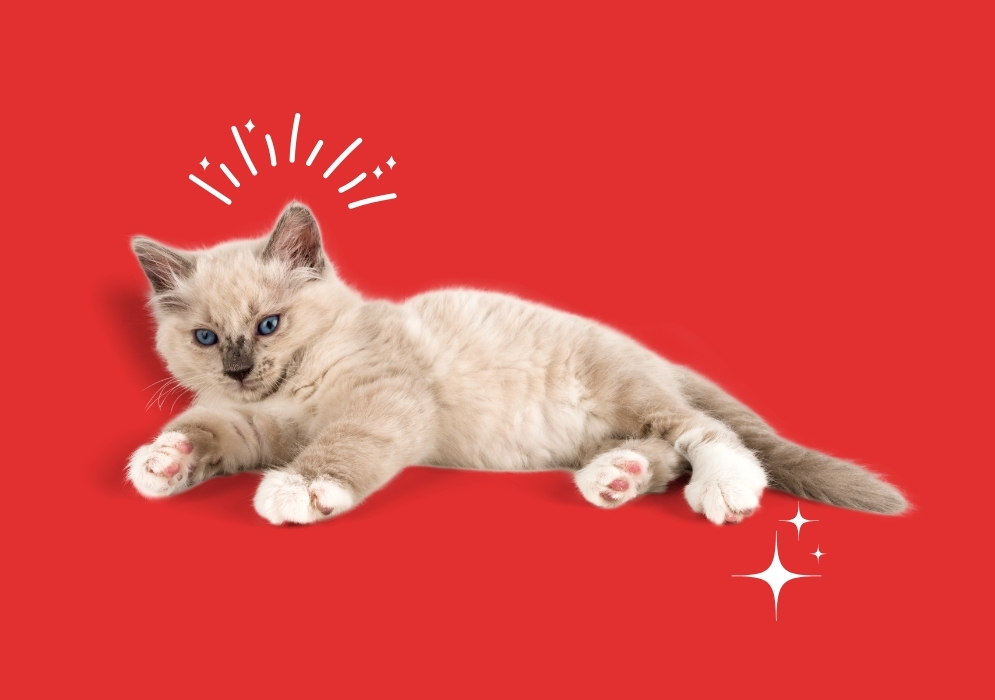
Promoting positive cat behavior is essential for maintaining a good relationship with your cat. Also, if you start doing it early on, it will help prevent unwanted behaviors from developing or escalating. Here are some tips to help you encourage desirable behaviors in your cat:
Establish Routine and Consistency
Cats are creatures of habit and tend to do well with a consistent routine. Establish regular feeding times, playtime, and grooming sessions to provide a sense of predictability and security.
Provide Appropriate Outlets
Cats have natural instincts to scratch, climb, and hunt. Provide appropriate outlets for these behaviors, such as scratching posts, cat trees, and interactive toys, to prevent destructive behaviors from developing.
Create a Peaceful Environment
Cats are sensitive to their surroundings and can become stressed or anxious in chaotic or noisy environments. Provide a quiet, safe space for your cat to retreat to when needed, and minimize exposure to loud noises or sudden environment changes.
Socialize and Train Early
If you have a kitten, start socializing and introducing positive reinforcement training early on. This helps shape desirable behaviors and prevents the development of unwanted habits.
Address Stress and Anxiety
Stress and anxiety can contribute to negative behaviors in cats. Identify and address potential sources of stress, such as changes in routine, new household members, or environmental factors.
It provides calming solutions like pheromone diffusers or anxiety-reducing supplements (under veterinary guidance).
Seek Professional Help if Needed
If you’re struggling with persistent or severe behavior issues, don’t hesitate to seek guidance from a certified animal behaviorist or your veterinarian. They can provide personalized advice and develop a comprehensive behavior modification plan tailored to your cat’s needs.
As you continue to observe, learn, and adapt, your understanding of your cat’s behavior will deepen, allowing you to communicate more effectively and provide the care and attention they deserve.
In the meantime, don’t forget to embrace the joy and challenges that come with being a cat parent and cherish the unique bond you share with your cat.






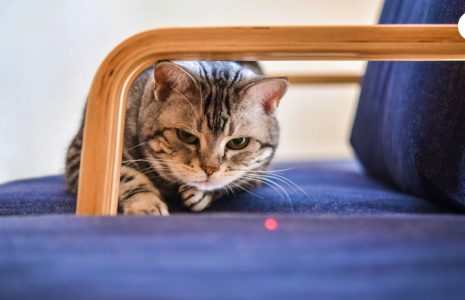

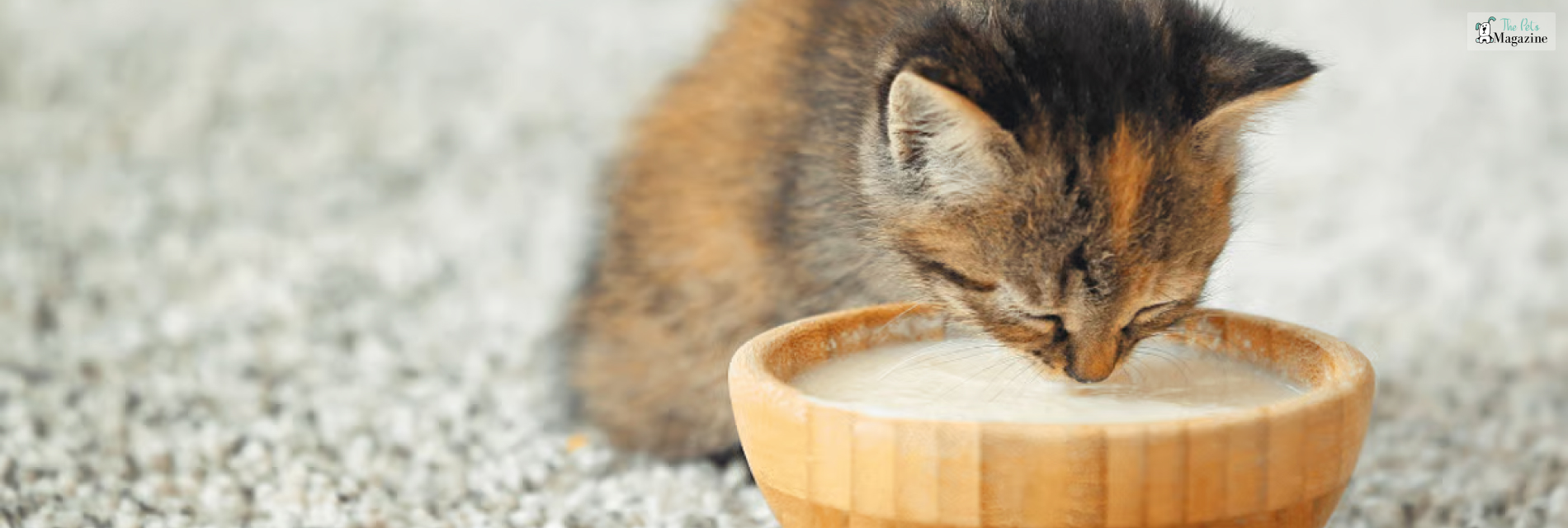
Leave A Comment